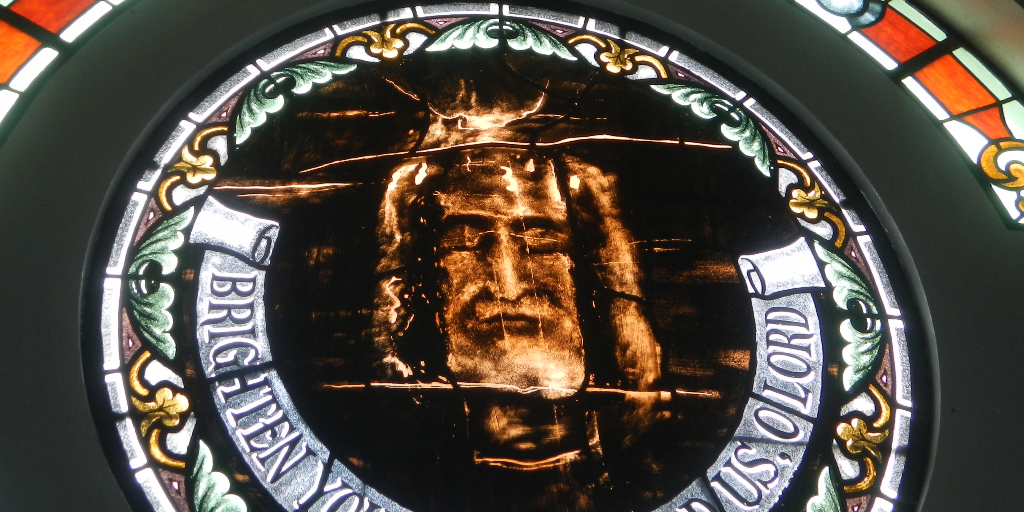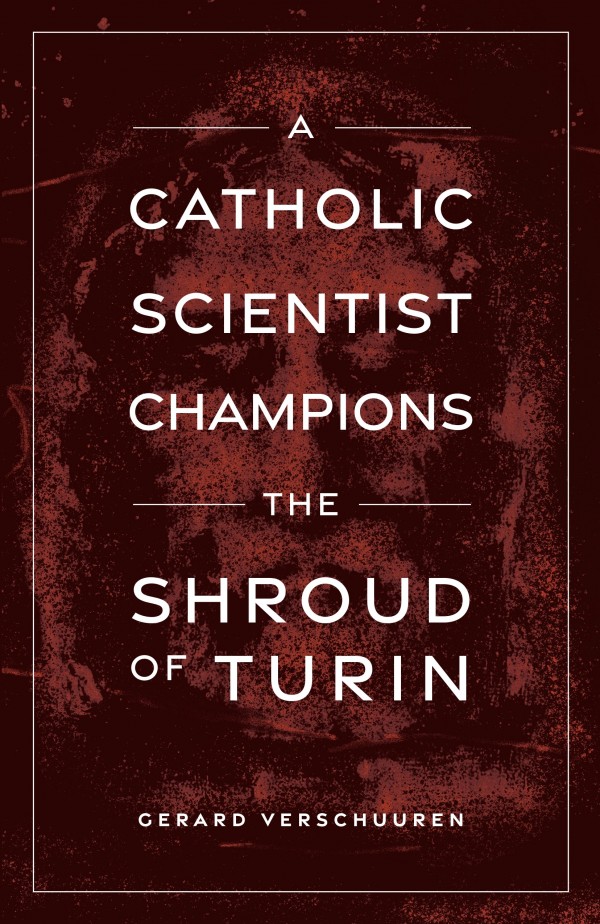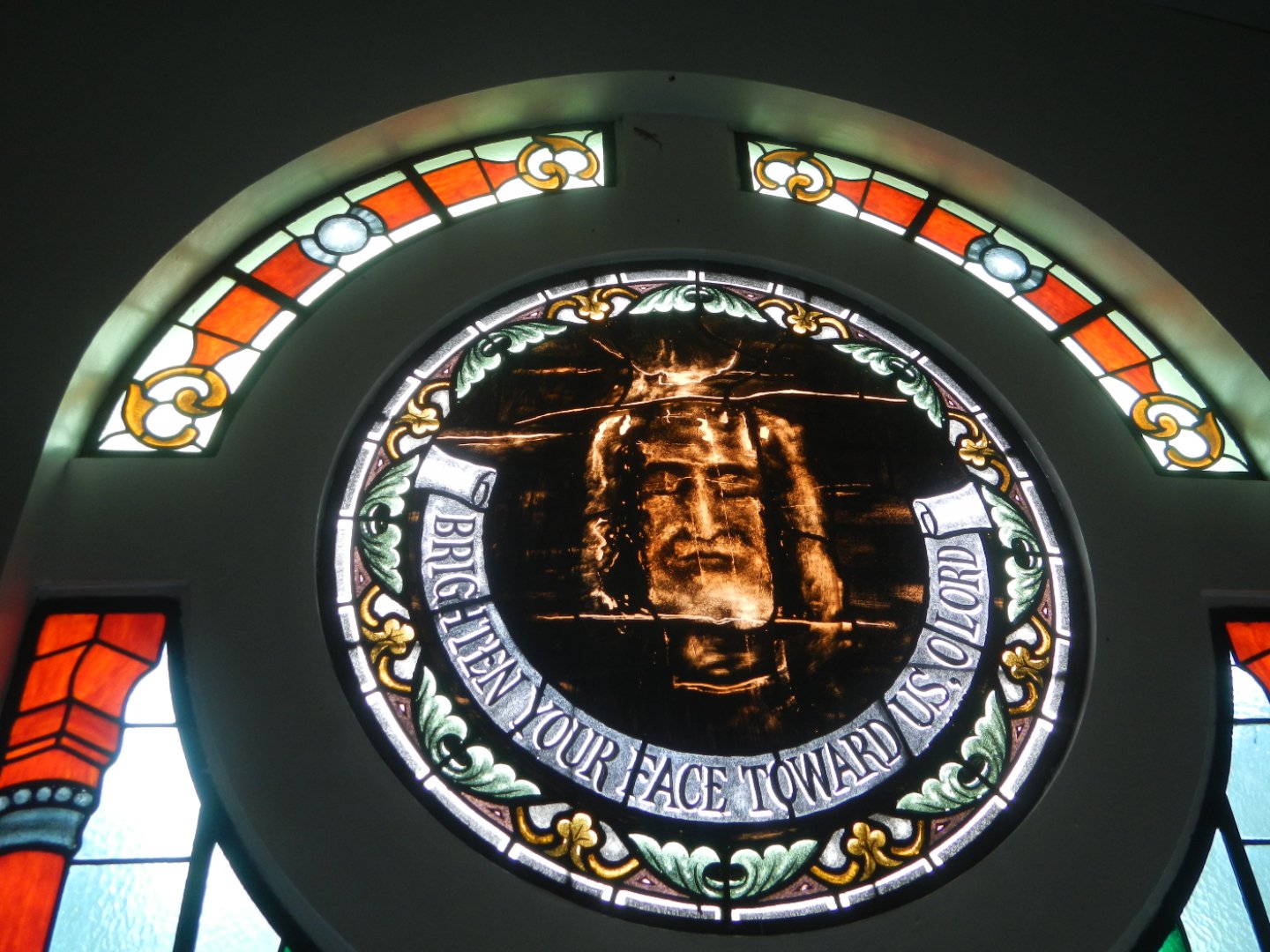
Susan Ciancio reviews Gerard Verschuuren's book, A Catholic Scientist Champions the Shroud of Turin, new from Sophia Institute Press.
When Christ was laid in the tomb, those who buried Him wrapped Him in burial cloths. We read in the Gospel of John that, on the first Easter morning, Peter found Jesus’ burial cloths, but the tomb was empty.
What happened to those burial cloths? Were they taken and hidden away so that the Romans could not destroy them? And, if so, where were they taken?
Tradition tells us that those burial cloths are what we now refer to as the Shroud of Turin. Yet the authenticity of the Shroud of Turin has been widely debated, especially over the last several decades. Some claim that these burial cloths are merely a painted representation of a crucified man. Some feel that they covered a crucified man — just not Christ. Others feel certain that these are the cloths that covered Christ.
But what does science say? In Gerard Verschuuren’s book A Catholic Scientist Champions the Shroud of Turin, the author posits from the beginning that both science and faith have made him a believer in the authenticity of the Shroud.

But how did he come to this conclusion? In this fascinating yet easy-to-read book, Verschuuren walks us through not just the history of the Shroud, but through the battery of tests done over the centuries.
From computer analysis, to textile analysis, to pollen, carbon, blood, and DNA analysis, this book covers it all! This comprehensive history of what we know about the testing of the Shroud gives an in-depth look at the numerous attempts to determine whether Christ was actually buried in these cloths.
The evidence is compelling, and you’ll have to read the book for examples. But one intriguing piece of evidence lies in the textile analysis. Verschuuren states,
There are several indications that the Shroud does date back to the time of Jesus’ crucifixion. ... The weaving pattern of the Shroud and the stitching of the side seam are characteristic of Jewish burial practices that date back to first-century Israel.
He also states that the Shroud contains no animal hair, which is indicative of the fact that the Laws of Moses prohibited the mixing of sheep hair with linen.
The book abounds with captivating facts that compel the reader to believe that Christ was, indeed, buried in the Shroud of Turin.
Yet, the greatest controversy seems to exist over the results of the carbon dating analysis. Verschuuren’s book goes into great detail to help the reader understand the pitfalls of this kind of analysis and explains how each test was done, what its limitations are, and how, because of a multitude of reasons, scientists can make mistakes too.
The most fascinating chapter of this book is the one that discusses the blood on the Shroud. According to Verschuuren, testing has proven that the Shroud does indeed have human blood on it and that the blood particles have a high content of bilirubin in them. This indicates that the body the blood came from was subjected to “extreme trauma.” This is a sobering thought, as we remember the torture Christ went through to redeem our sins.
Throughout the book, we see evidence that points toward the authenticity of the Shroud, and we see some evidence that attempts to impose doubt. Verschuuren, however, believes that these doubts are not enough to nullify the authenticity of the Shroud. And he claims that this is one instance when science and faith can meet and agree.
A Catholic Scientist Champions the Shroud of Turin is a fascinating read that puts Christ’s crucifixion in a whole new light. Regardless of whether or not the Shroud is the cloth Christ was buried in, the book gives us an insider’s glimpse into the amount of suffering He did for us. And for that, we must be eternally thankful.

Copyright 2021 Susan Ciancio
Image: Stained glass window from Shrine of the Holy Face of Jesus, Manila, via Wikimedia Commons (Public Domain)
About the Author

Susan Ciancio
Susan Ciancio has a BA in psychology and a BA in sociology from the University of Notre Dame and a master’s in liberal studies from Indiana University. Since 2003, she has worked as a professional editor and writer. She is executive editor for the Culture of Life Studies Program and editor of ALL's Celebrate Life Magazine.


.png?width=1806&height=731&name=CatholicMom_hcfm_logo1_pos_871c_2728c%20(002).png)
Comments